Moose Moratorium: Protecting our territory
Text by Millie Knapp
Answering the call by the moose to halt this season’s hunt was heard loud and clear by the people of Kitigan Zibi. Their call to action was a need to bring an end to overharvesting by sport hunters. Timothy Budge, Beau Tolley, and Wayne Chabot from the Kitigan Zibi reserve, 133 kilometres north of Ottawa on Highway 105, answered the call. They set up a blockade at Black Rollway Road, 27 kilometres from Messines, Que., just outside their reserve. Concerns about the declining moose population led the three to set up camp to block hunters from entering Zec Pontiac for just over three weeks in September and October. “It’s our livelihood. We can’t let our food run out. We need it for our future generations,” says Timothy Budge, 41, about the moose.
“As Anishinabe people, we have a right to protect our animals because they are a part of us. They live with us. They’ve been with us forever. That’s been our way of life, our survival, our traditions. It’s our right. I do believe that we should not be hunting also,” says Chabot about moose that live in Anishinabe unceded territory.
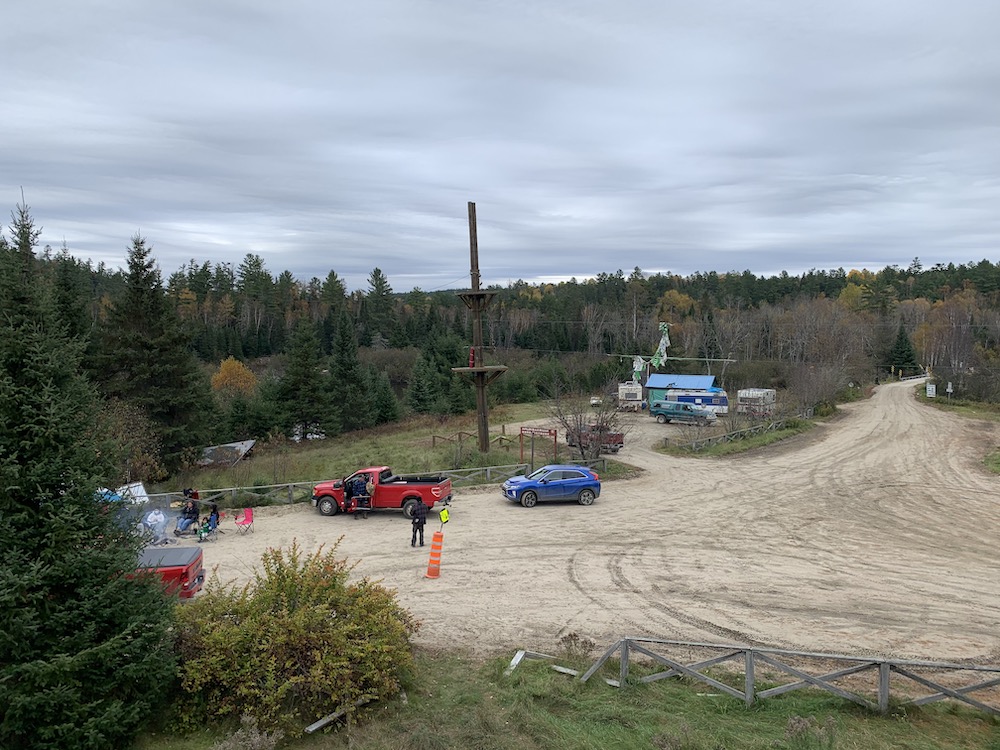
Beau Tolley, 40, sees the moratorium as a way for future generations to experience moose as traditional fare. “I look at it just like the buffalo. I’m sure there were people during that time that thought, ‘We see the buffalo going away,’ and wanted to preserve it. They probably thought exactly what I thought. I’d like my grandkids and great-great-great grandkids to know what it tastes like. It’s about survival for the species itself, but it’s also about survival for our own people because some people have only that to rely on for food,” he says.
All three agree that overhunting has led to the moose moratorium. “The overhunting—the mass killing by white hunters and sport hunters, but not only them, there’s some of our own that are just killing too much,” says Budge.
To address overhunting, Chabot believes hunters—Indigenous and non-Indigenous—should stop hunting for now. “Everyone should do it for a couple years. It’s not like we really need to eat moose meat. There’s some people that have a lot of food in their fridge and they still go out there and hunt moose,” says Chabot. “Obviously we are protecting the moose from everybody because they’re going to go extinct if we don’t make moves.”
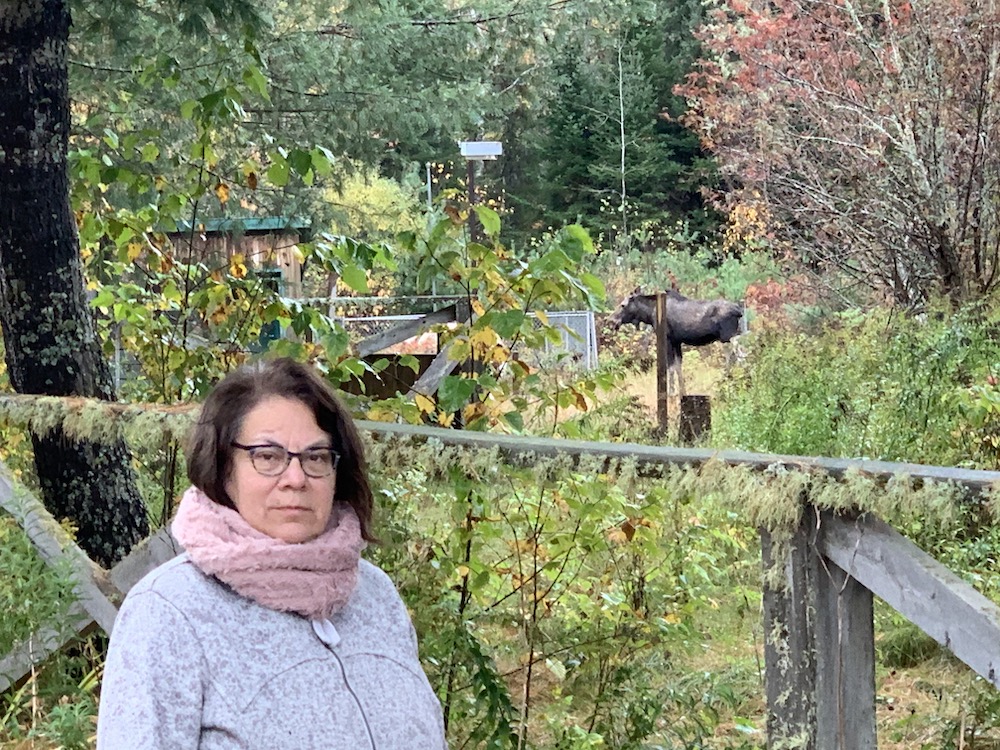
The Quebec government has yet to announce a moose moratorium. “Without their help, we were forced into doing what we did,” says Tolley. “There’s so many other options we could talk about but at the end of the day it just comes down to don’t sell the tags.”
Deforestation affects the moose population, too, according to Chabot. He links protecting the moose to protecting the land.
“The moose live on the land, and if there is no land for them to live on, then logging is one of the next things we’ve got to work on because that’s where the moose live. If they don’t have a place to live, they’re going to go somewhere else like in our backyard where all the moose from Park Vérendrye came. They migrate to our area, so that’s why we were protecting our backyard,” says Chabot about the Black Rollway camp.
Budge thinks of the land as Mother Earth and describes what Mother Earth means to him. “Mother Earth is what takes care of us: feeds us, gives us water to drink, gives us our materials to make clothing or housing. Everything comes from the land, so if you destroy it then we’re left with nothing in order to live,” he says.
Anishinabe people lived on the land sustainably for millennia. They managed “by hunting only for their families, taking only what they need, and not being greedy,” says Budge about the Anishinabeg respect for the hunt.
Peter Decontie, 79, visited the Black Rollway camp and told stories around the campfire.
“Somebody’s hunting area might be empty because they’re [the moose] migrating. Like we’ve heard from our uncle (Peter Decontie), other families would offer those families food whose moose migrated off their land,” says Tolley about his great-uncle’s reminiscences.
Chabot noticed that some Anishinabe hunters changed their ways after moose moratorium camps were set up. “They obviously had to stop because there’s a lot more people watching,” he says.
Standing ground at the blockades was not easy. “Sport hunters were very angry because they spent a lot of money and we were stopping them. They thought we were stopping them just for us. They called us greedy—like we wanted all the moose just for us. Once we told them that we were stopping hunting too, they were surprised. They calmed down and backed off,” says Chabot.
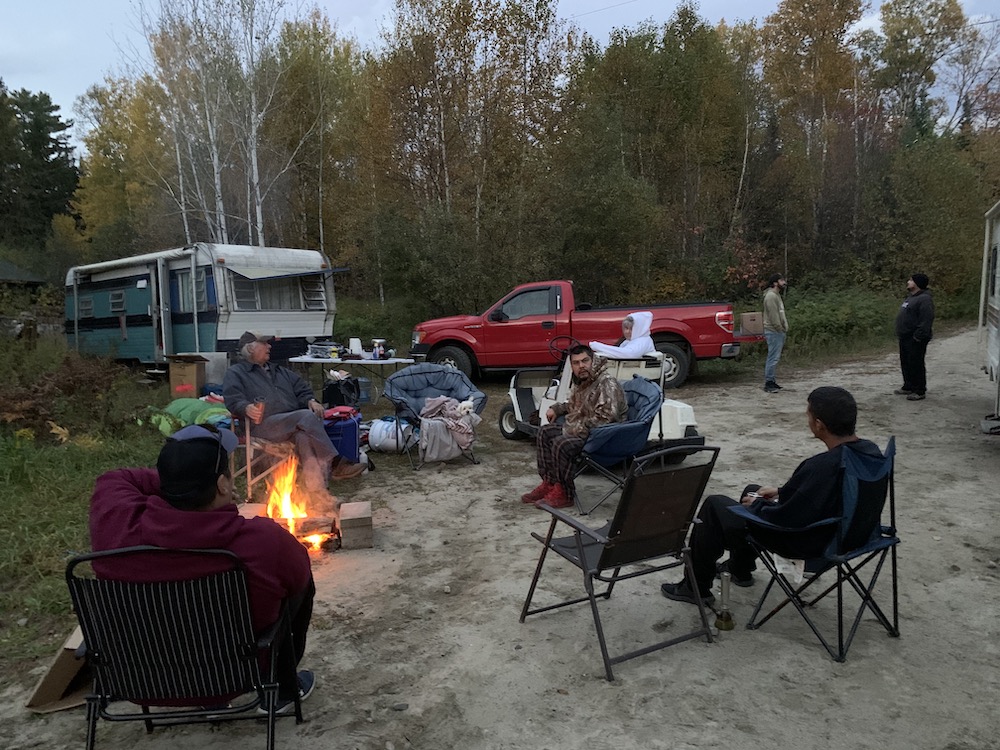
Heated moments occurred at the camps. “I remember one incident where the guy said he was going to run over the blockade. I said go ahead, but then he was about to do it. I didn’t want him to go through the blockade so I told him, ‘You’re going to have to run me over.’ That’s how much I wanted to save the moose.
“He was revving his engine and looking at me so I just turned my back. If he was going to run me over, he was going to run me over with my back turned. He ended up turning around. That was scary,” says Chabot.
“I was ready to die. We were unarmed up there,” he says about being 30 kilometres in the bush and facing armed hunters. “I managed to talk to some people (hunters) and some people had to get escorted out with the cops.”
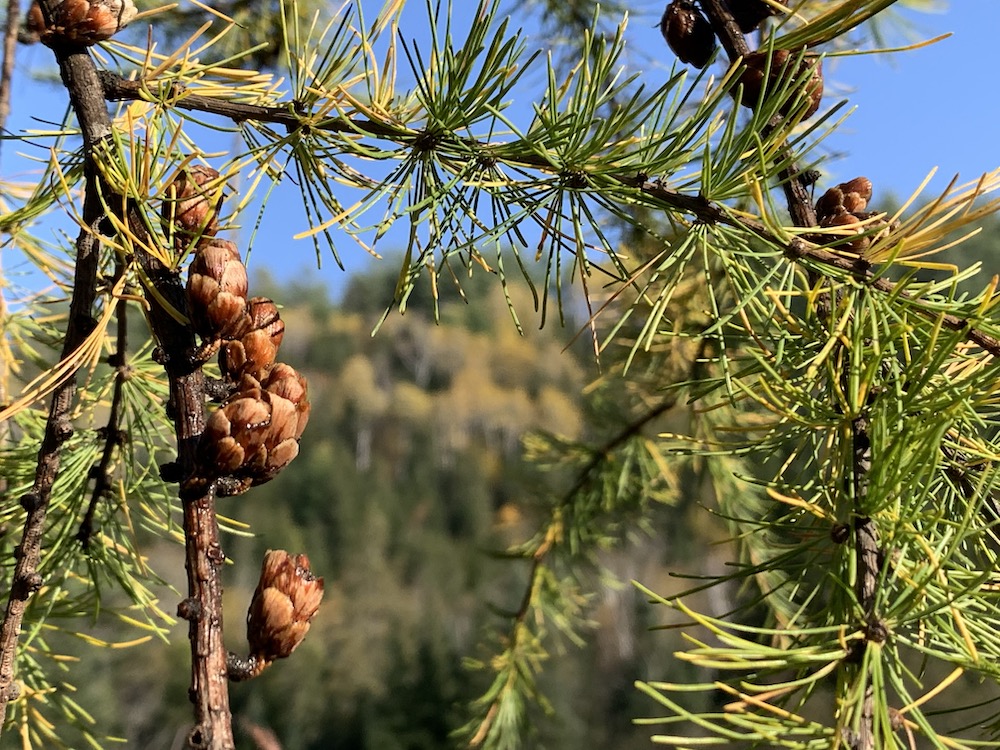
Chabot hopes the blockades affected the hunters and the government. “Maybe next year, they’ll realize not to buy tags and the government might not sell them,” he says. “That would be a dream come true for the moose and us.”
The dream continues for the Quebec government to order a moose moratorium.
“The more people we got standing up for the moose, the more chance we’ll have that the government will hear us or we take some drastic measures and do something different,” says Chabot about plans for 2021.
For Chabot, the Black Rollway camp helped preserve more than the moose. “I used to be an urbanized Indian but after doing all this—the road block and saving the moose—it brought me back to my culture and just like that—I feel the love from Mother Earth and I want to give the love back,” he says.
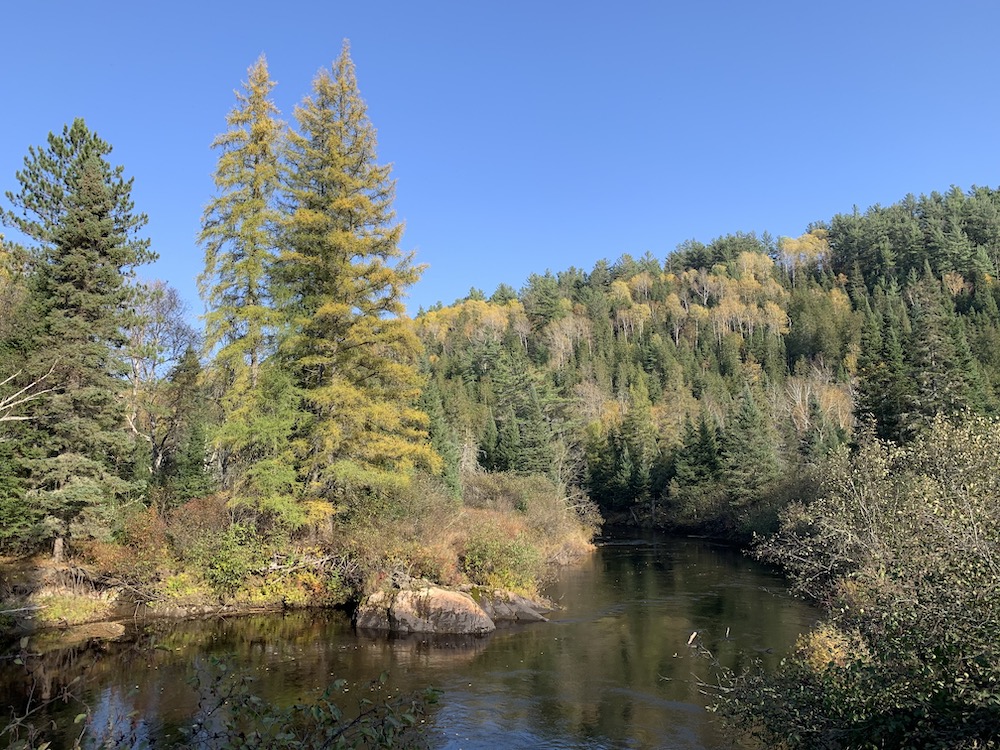
BIO/ Millie Knapp, Anishinabe, writes about arts and culture or mino pimadizawin, the good life. Disclaimer: Millie Knapp is related to Peter Decontie, Beau Tolley,and Wayne Chabot.
